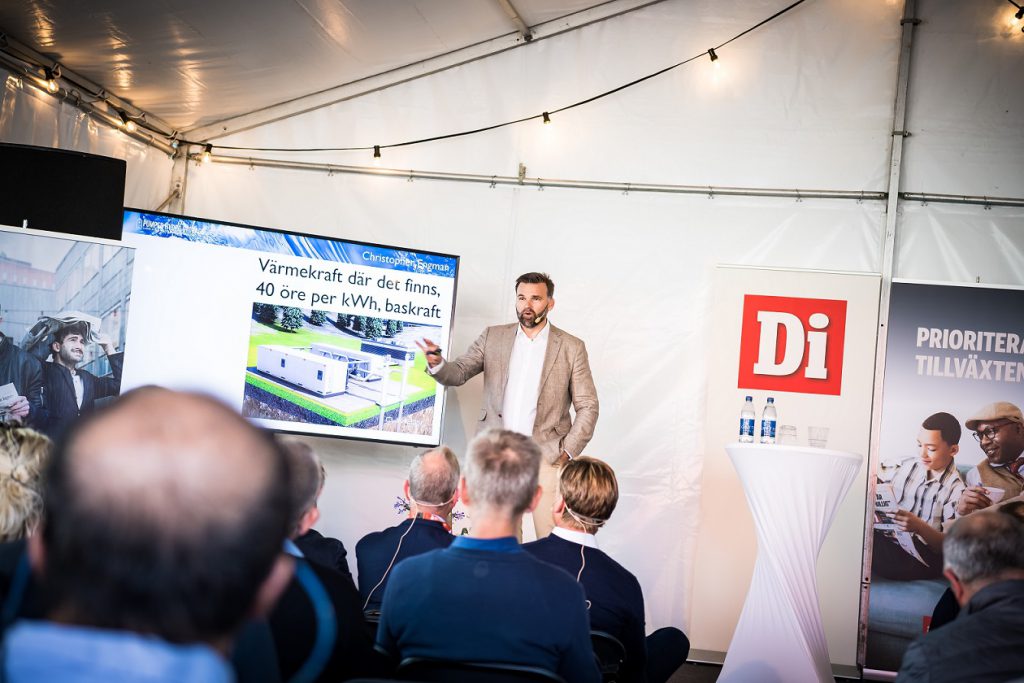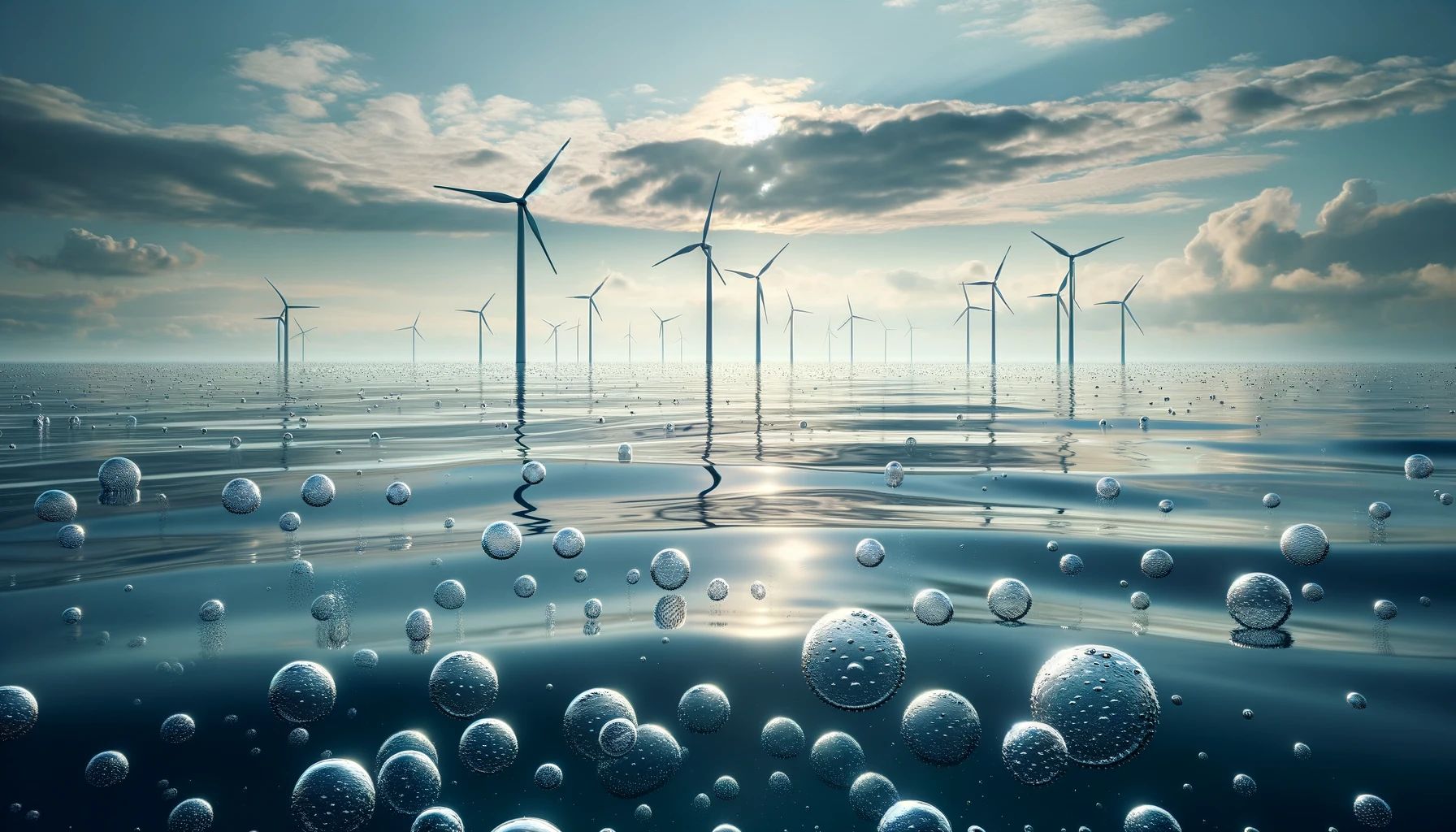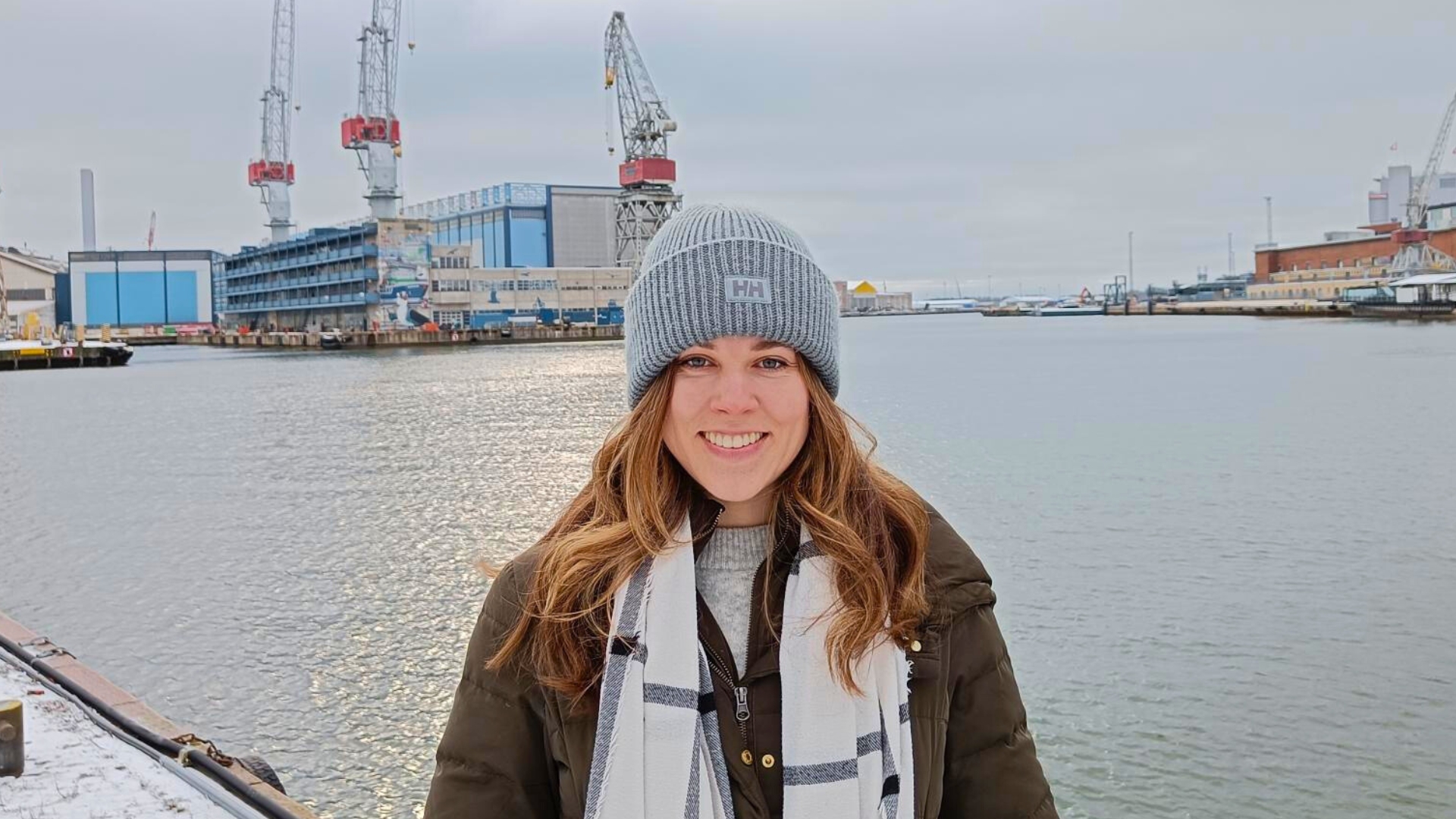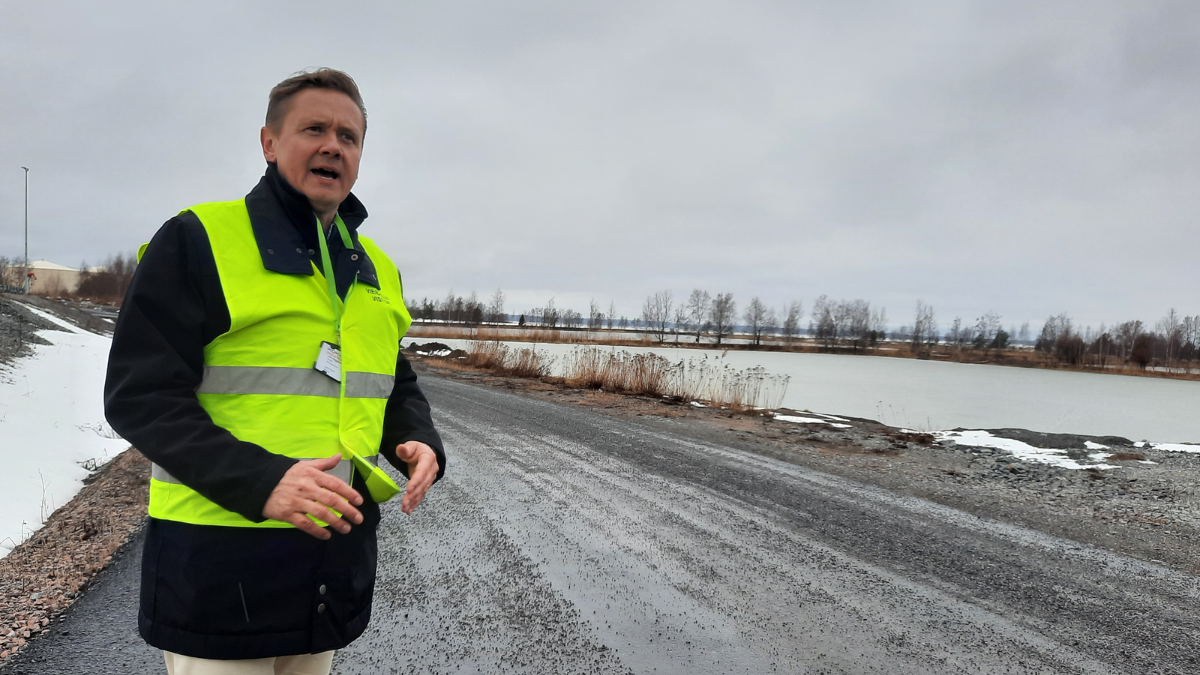In late June, Flexens CEO Berndt Schalin, was invited to participate in a panel discussion at the Politician’s Week at Almedalen, Sweden, regarding local storing solutions of renewable energy. The panel discussion host, Pumped Hydro Storage, is a new and promising tech company in Sweden, specializing in hydroelectric pumped-hydro storage.
Using old mine shafts, Pumped Hydro Storage uses excess renewable energy from e.g. solar or wind power to pump water from the lower parts of the mine. The process can then be reversed when sun or wind conditions are lower, creating an underground water battery with energy potential by letting the water flow through turbines, generating electricity.
Storage of energy is a major challenge in creating a stable energy grid, one where lithium ion batteries will not be the sole answer to the problem. Kinetic potential storage is of great interest for the futures smart energy grid and companies like Pumped Hydro Storage is one of many that can be seen in the horizon.
The following article is from Dagens Industri that covered the panel discussion. Original article in Swedish found here.

It was early Wednesday morning, when the days’ discussions on the Swedish energy market took off on the DI’s stage in Almedalen. The challenges in energy storage at local level was the first topic to be discussed.
“Energy is always produced locally, so why should we not be able to store it locally?” asked Jan Lundberg, chairman at Pumped Hydro Storage.
This year’s edition of Di’s and Energy Market’s event The Energy Day, began with the issue on energy storage at local level and its role in the futures electricity grid. Challenges lie in the difficulties to obtain a steady energy supply from solar, wind and hydro power, therefore energy storage solutions are needed.
The tech company, Pumped Hydro Storage, develops a renewable energy technology that generates electricity by pumping water between different shaft levels in old mines. This enables the possibility to create renewable energy even when the wind is not blowing or the sun is shining.

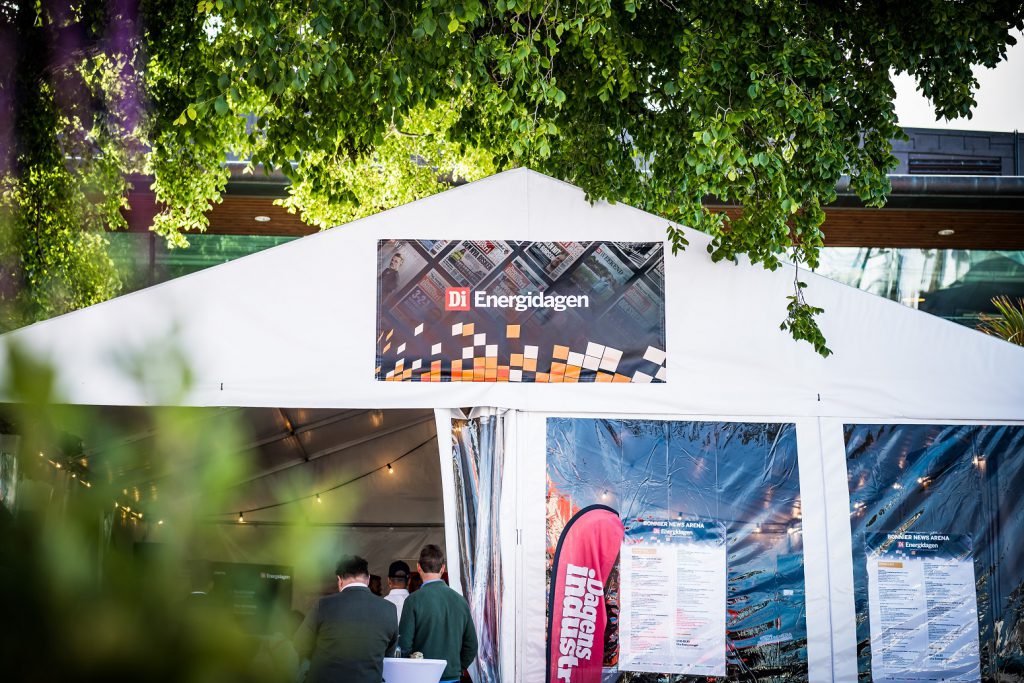
Both the company’s chairman Jan Lundberg and CEO Otto Werneskog highlight the advantages of building this type of energy storage.
“Expansion of the electricity network costs a lot and takes a long time. A lack of transmission capacity is usually the biggest problem. This can be avoided if energy storage possibilities is built, ” says Otto Werneskog.
Smart Energy Åland is an ongoing project run by Flexens Oy Ab, that is looking to ensure that the Finnish archipelago goes fossil-free and, as far as possible, becomes a self-sufficient energy system. Project manager and CEO Berndt Schalin told us that he believes that a decentralized electricity production will become more common in the future.
“The ability to buy and sell electricity will always remain. The electricity grid will always remain, but storage will be a component, ” says Berndt Schalin, CEO at Flexens Oy Ab.
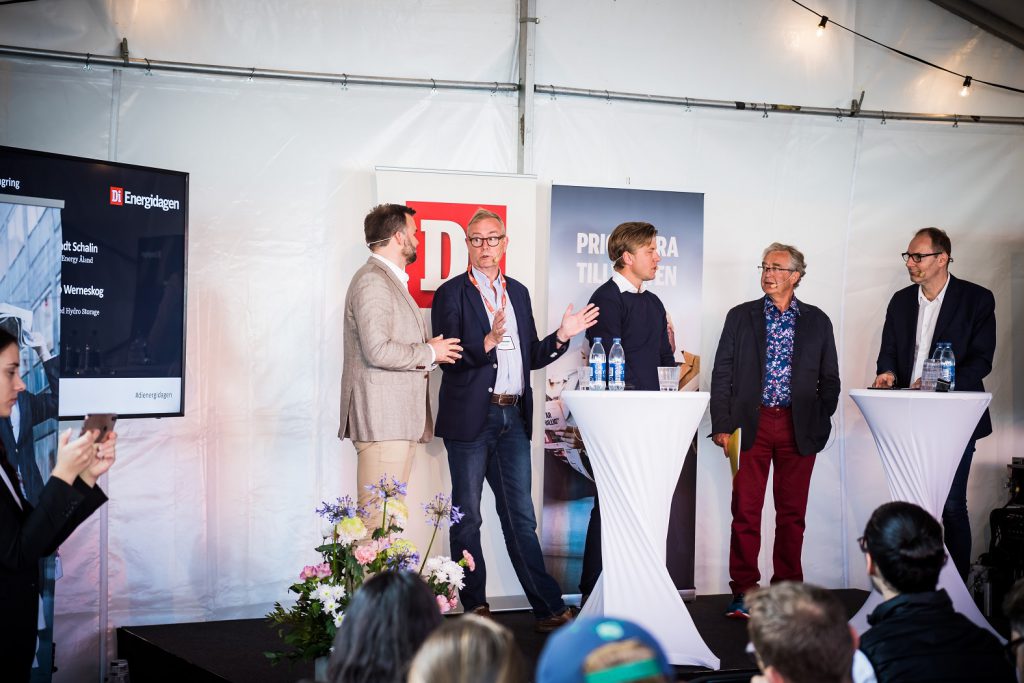
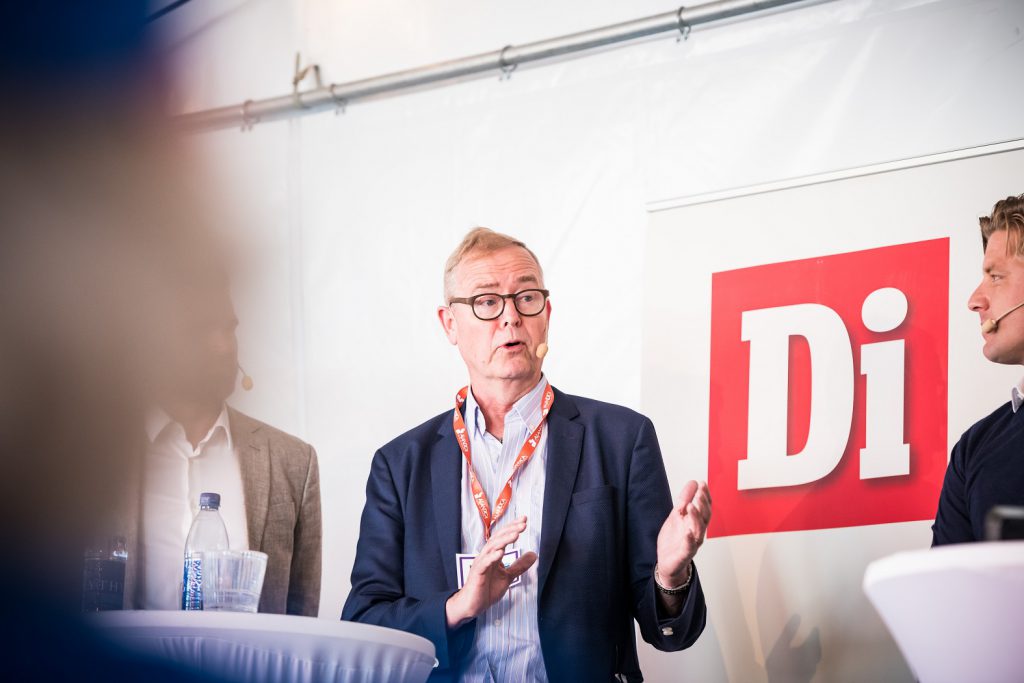
The largest challenge lies in gaining profitability in local energy storage.
“We must create the local market mechanisms that make it attractive to conduct energy storage in a small-scale environment,” says Berndt Schalin.
Attending the seminar was also Christopher Engman, former marketing manager at Climeon, now a member of the board at Pumped Hydro Storage.

